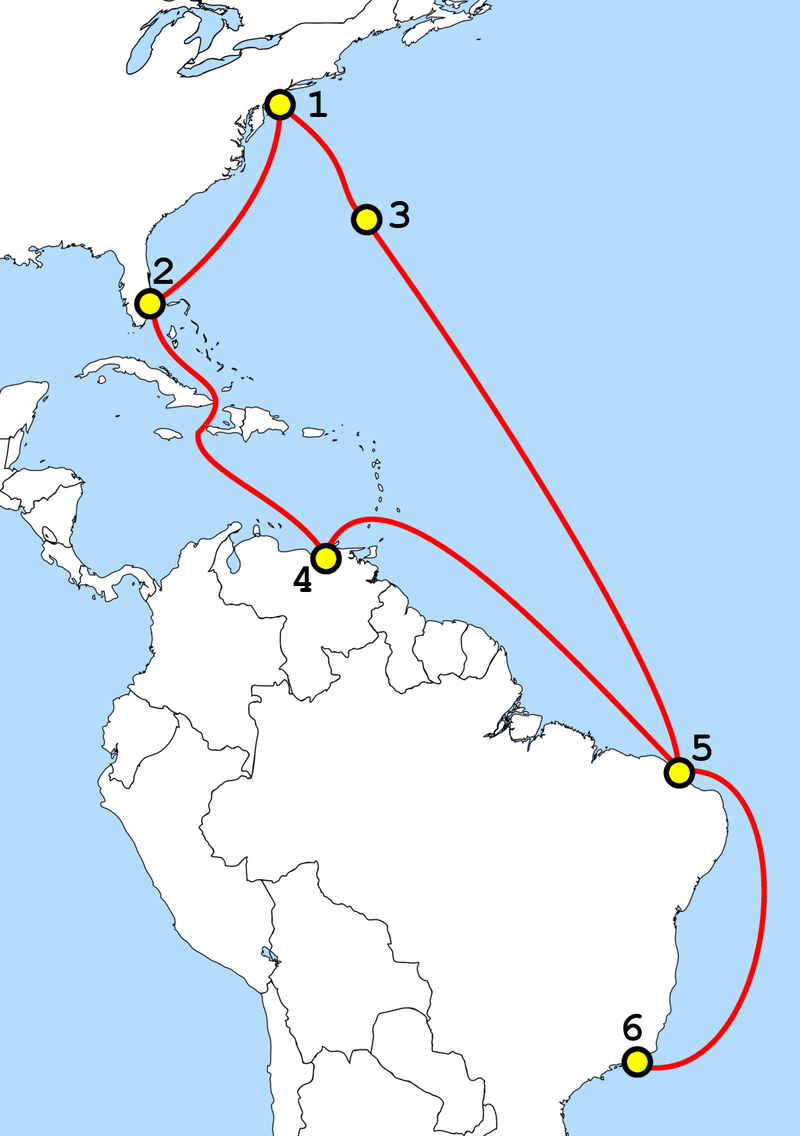Thanks to the restoration of the United States government’s diplomatic ties to Cuba after more than five decades, American tourism to the island increased a reported 36 percent from January through May, no doubt bringing new dollars and new business.
Turistas accustomed to hyper-connectivity for their devices also bring with them the demand for access to the Internet—from mobile, laptop, and other digital devices. And the feeble Cuban infrastructure in the computing and network segment is not ready for prime access for natives, let alone tourists.
Even though Cubans have been able to legally acquire a computer since 2008, only about 11 percent of households have one, according to the 2014 United Nations ITU report.
This should not be surprising. A common laptop on Revolico, a Craigslist-like Cuban site for online classifieds, sells for about $800—about 40 times the country’s $20 average monthly income.
Despite the large number of cables in the area, the island is one of the least connected in the region, with most cables almost appearing to be going around it to reach their true destination.
The state of Internet connectivity is no better. Getting online in Cuba is prohibitively expensive. A private broadband subscription costs about four times the average annual salary.
Even a rented hour of Internet at a café, at $5, costs the equivalent of a person’s average weekly wages. According to Cuba’s national office of statistics and information, about four percent of the population has a fixed-line (that is, no Wi-Fi or cellular) Internet connection, and less than a quarter of the population is able to go online at all.
Mobile cellular access is similarly low at 18 percent. Compare that, for instance, with 150 percent mobile connectivity for those living in Argentina or Panama. Cuba has the lowest access and use rates in the Americas, similar to those of Myanmar and Eritrea.
Things have been changing, if slowly. Since January 2013 a new submarine fiber-optic cable—the ALBA-1—connects the island to Venezuela and Jamaica, potentially improving network speed. Before the availability of this cable, all Internet traffic in and out of the island had to be routed via satellites.
Going through a satellite connection on your path to any website means that the time to load a webpage can take more than 30 seconds on average. With ALBA-1, reaching the global Internet could be done in about one-sixth of the time, or five seconds.
Even after this late improvement, Cuba’s connectivity to the rest of the Internet remains relatively poor. Despite the large number of cables in the area, the island is one of the least connected in the region, with most cables almost appearing to be going around it to reach their true destination.

Not surprisingly, Ookla’s NetIndex ranks Cuba among the worst countries in terms of average bandwidth—197 out of 202—with a measured broadband download speed of 1.67 megabytes per second. To put this in context, low-end common services in the U.S. offer broadband download speeds close to 15 megabytes per second, and the national average download speed is over 20 times higher. In some recent research work in my lab at Northwestern University, we have found that access delay—the time it takes a small message to travel from source to destination, and a key determinant of user experience in the Internet—remains a significant problem with connections to and from Cuba still traversing slow satellite links.
Even so, new business opportunities in Cuba have been blossoming—this despite the recent declaration by the Miami Dolphins’ billionaire owner that he wouldn’t be investing in Cuba anytime soon.
Early this year, IDT Corp. reached an agreement with the Empresa de Telecomunicaciones de Cuba S.A., a government-owned telecommunications service, to provide direct international long-distance telephone service between the U.S. and Cuba.
Netflix announced its plan to offer video streaming service to subscribers.
And Airbnb recently brought its element of the sharing economy to the informal system of casas particulares that had so far relied on word of mouth for marketing. Reportedly, Facebook and Apple are both looking to expand into the Cuban market of 11 million people.
This does not mean that every Cuban will now join discussion forums on Game of Thrones or video-call their relatives in Miami. Not yet.
The undergoing changes in the U.S.-Cuba relationship offer some hope, not for the significance of full diplomatic ties, but because of the commercial interest that has followed and is yet to come.
The needs of many of companies—like Netflix, Facebook, Airbnb, and Apple—will speed up progress on the technological front, oxygenate a struggling economy, and put a wealth of knowledge at easy reach of a population ready for—and in need of—it.
These improved connections and heightened access—both virtual and real—almost as an unavoidable consequence will help bring real and permanent change to every other aspect of Cuban society.




